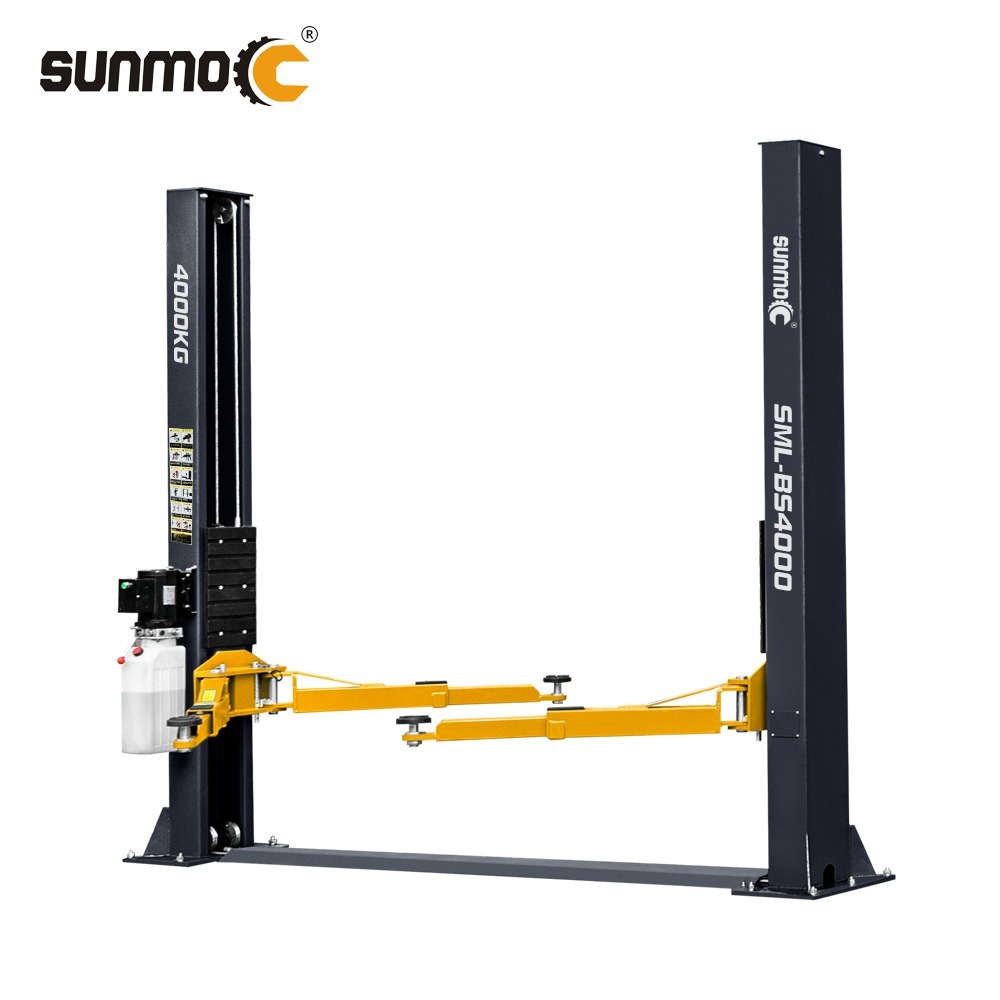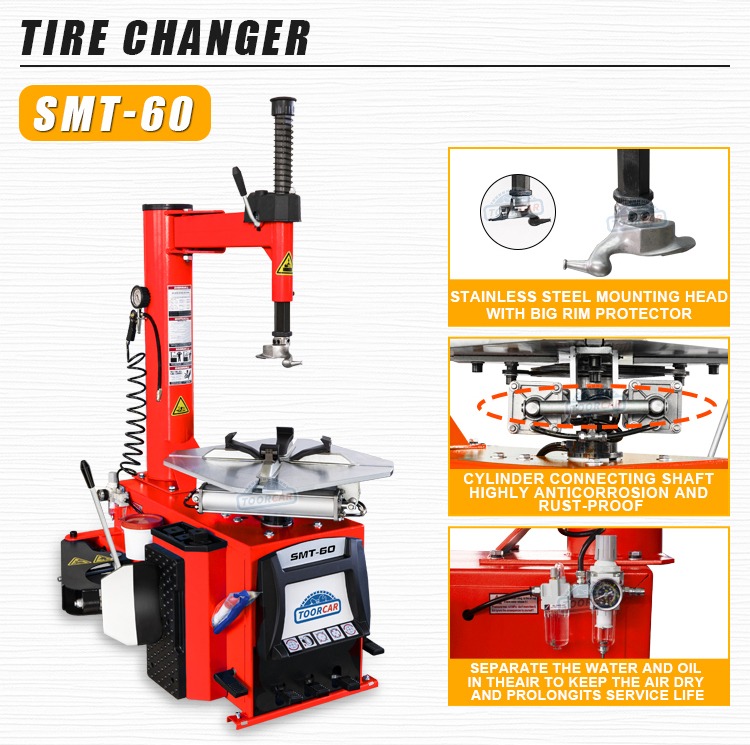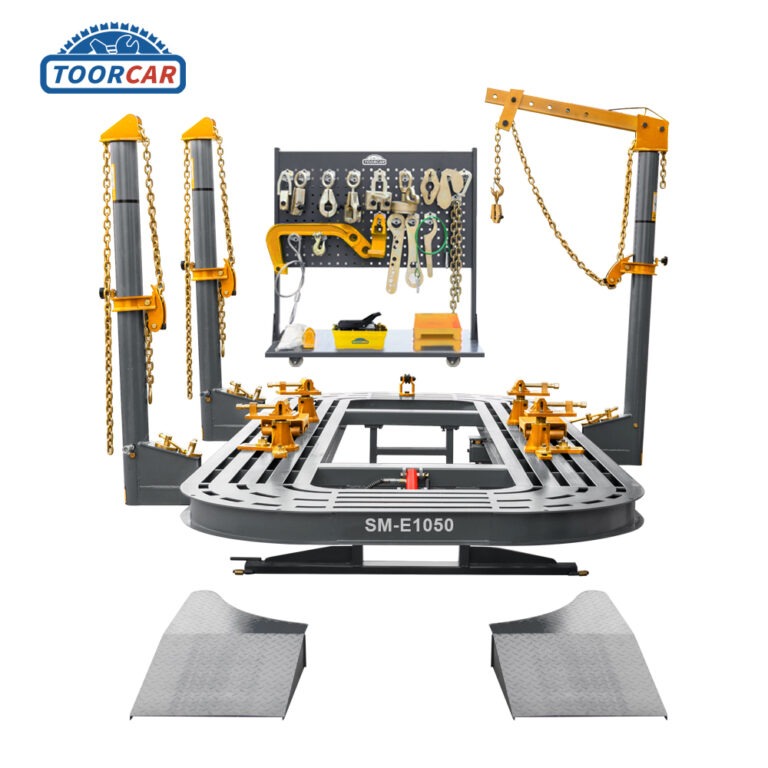Car Lift Column Construction
Various kinds of vehicle lifts serve different purposes in the automotive industry, from single-column to double-column, four-pillar, scissor, and trench models. Let’s delve into their characteristics and uses.
Here is the revised content list:
– Single-column Vehicle Lift
– Two-post Vehicle Lift
– Four-post Vehicle Lift
Single-column Vehicle Lift
The single-column vehicle lift is a dedicated piece of equipment designed to elevate cars and other ground-parked vehicles for maintenance purposes. It is particularly useful for lifting vehicles partially to change tires, wheels, or to perform chassis maintenance. This lift is known for its ease of operation, space-saving design, and the ability to smoothly lift heavy loads. When not in use, it can be easily reversed and requires minimal space, making it an invaluable tool in automotive repair shops. There are two main types of single-column vehicle lifts: mobile and fixed. Mobile single-column lifts are suitable for both indoor and outdoor use, while fixed single-column lifts are ideal for compact indoor spaces.
Two-post Vehicle Lift
The two-post vehicle lift is a popular mechanical lift used extensively in car repair and maintenance facilities for smaller vehicles. Its design optimizes floor space while the vehicle is in the air, facilitating easier access to the underside of the car. Typically, this lift does not include a base plate to save materials, which means it requires a sturdy foundation to counteract torsional forces. The absence of a base plate also necessitates the use of a crossbeam (gantry car lift) to support the lift’s structure.
Double-column Vehicle Lifts
Double-column vehicle lifts come in two configurations: symmetrical and asymmetrical. Symmetrical lifts have four arms of similar length, positioning the vehicle’s center between the columns. This design is excellent for routine maintenance on vehicles like pickup trucks and box vans. However, one drawback of some symmetrical two-post lifts is the limited space between posts, which may prevent door opening after the vehicle is raised. Asymmetrical lifts feature columns rotated backward at an angle, with front arms shorter than rear arms. This allows for proper vehicle positioning, ensuring doors can be opened and making it easier to enter and exit the vehicle. The pivoting columns also ensure the vehicle’s center of gravity remains safely between the supports.
Four-post Vehicle Lift
The four-post vehicle lift is a robust mechanical lift commonly used in heavy-duty car or truck repair and maintenance facilities. It is also well-suited for four-wheel alignment services due to its built-in alignment gear, which can be adjusted for leveling. Four-post lifts come in two structural types: upper cylinder and lower cylinder. Upper cylinder lifts have the lifting mechanism above the columns, while lower cylinder lifts have the mechanism beneath a flat plate. Upper cylinder lifts rely on four chains to elevate the vehicle corners and typically feature a manual or pneumatic tension cylinder at the top. Although the design is simple, it can be less convenient and safer for frequent users. Lower cylinder lifts use four thick steel cables and have a tension cylinder under the flat plate, distributing force to all four sides through six discs. This design is more compact, has less self-weight, and is usually electro-hydraulic, offering a faster lifting speed and a wedge-type safety device.
For more information or to discuss how we can assist with your vehicle lift needs, visit our official website at www.toorcar.com. Our cost-effective products are highly regarded, and our mission is to provide exceptional customer service, focusing on building long-term partnerships that benefit both parties. We are dedicated to customer satisfaction and will be loyal, sincere, and responsible as we expand into the global door and window industry.





